[LUM#13] The sea without men
What happens at sea when mankind is driven from the coast? A unique mission, led by researchers from the Marine Biodiversity, Exploitation and Conservation Laboratory (MARBEC / University of Montpellier, IRD, CNRS, Ifremer), will assess the return of marine fauna during periods of confinement.
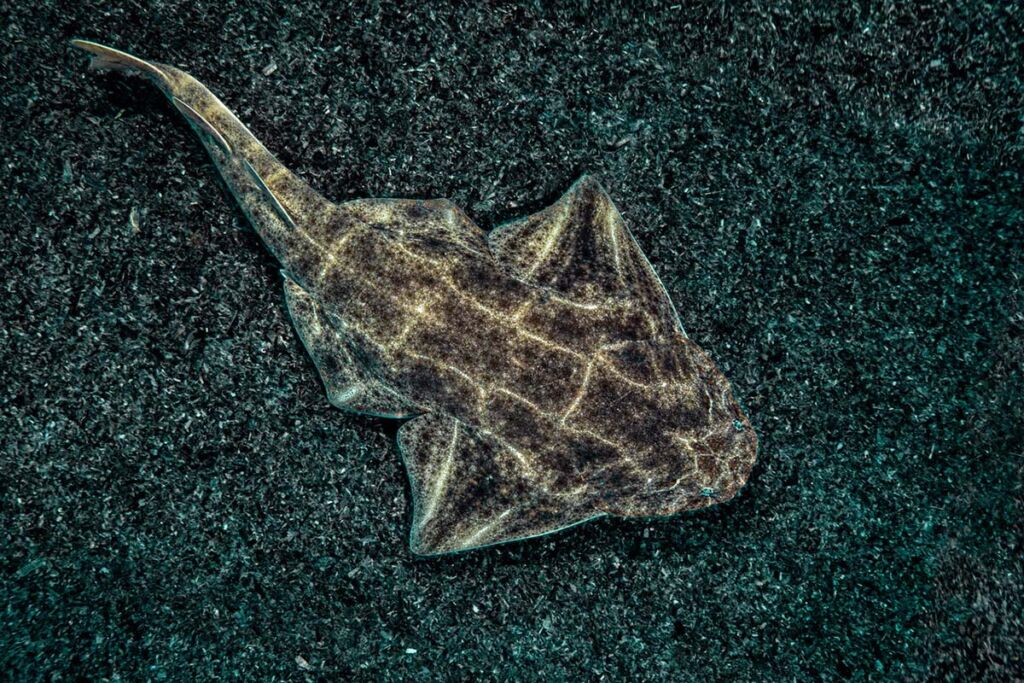
Not a boat in sight. Deserted beaches. No one at sea. Nobody but the team of David Mouillot and Julie Deter, with their researchers, technicians and divers. " We experienced lunar, end-of-the-world scenes. The coastline was completely empty - it was unprecedented," says the marine biologist. This team is one of the few elected representatives who were able to criss-cross the Mediterranean during this very special period of confinement. Their objective: to study marine biodiversity in the absence of any human activity.
Reference condition
" It was a fantastic opportunity to obtain a true baseline of the marine environment temporarily preserved from human presence. In particular, this reference will enable us to measure more precisely the state of degradation of marine biodiversity and the effect of the protections put in place ". Before this episode of confinement, only the reserves offered a glimpse of what the sea was like without humans. " A very approximate glimpse, because as we have already shown, only the rare reserves located far from man are sufficiently spared, the others offer only a pale reflection of what biodiversity would be like in the absence of human presence," emphasizes David Mouillot.
In partnership with Andromède Océanologie and SpyGen, two companies with close links to the UM and MARBEC, funding from the Agence de l'Eau, and the green light from the Préfecture Maritime, a dozen scientists embarked for a month and a half on a unique observation campaign. " Thanks also to the involvement and responsiveness of the University of Montpellier and our laboratory, which supported us in this bold project ".
A daring project
Once at sea, the team deployed several types of tools to understand marine diversity. " Visual tools on the one hand, thanks to underwater divers who filmed exceptional images. The researchers also used hydrophones to listen to the sounds of the sea. " Normally, these recordings are interfered with by human noises such as boat engines," explains David Mouillot.
Finally, the expedition used an innovative tool deployed with the SpyGen company: environmental DNA analysis. The principle: filter water samples to recover the DNA left behind by living organisms. This DNA is then compared with a reference database to identify the species to which it relates. This technique can reveal the presence of rare or stealthy species that are never seen underwater," explains the researcher. We'll be able to tell whether species usually found on the seabed or offshore have moved closer together during confinement, and we should be able to detect changes in behavior ".
Exceptional images
The same team had already carried out this inventory in the Mediterranean in the spring of 2018 and 2019, when containment was still science fiction. " A stroke of luck! We'll be able to really compare the state of marine biodiversity at the same period with or without human activity ".
While we'll have to wait a while for the results of the environmental DNA analyses, the mission has already revealed a Mediterranean that has benefited greatly from the absence of man. As witnessed by this shark, the angel shark(Squatina squatina), calmly evolving under the camera of diver Laurent Ballesta. " A species that hasn't been seen for years in the western Mediterranean ," enthuses David Mouillot. These initial results speak volumes about the impact of human activities. " Fishing, pleasure boating, but also simply bathing, all these activities have consequences for the coastal inhabitants, who have surely deconfined themselves during our confinement ".
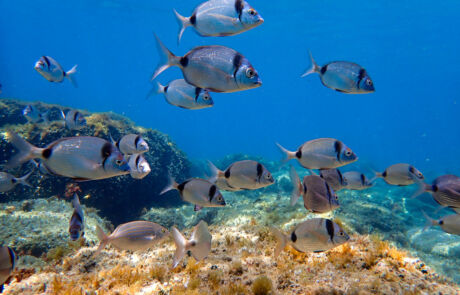
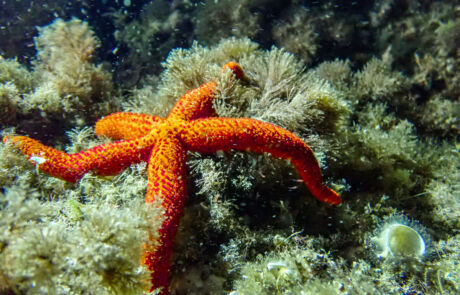
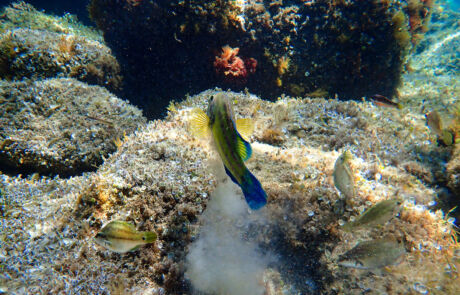
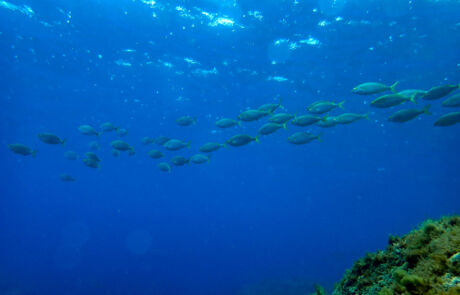
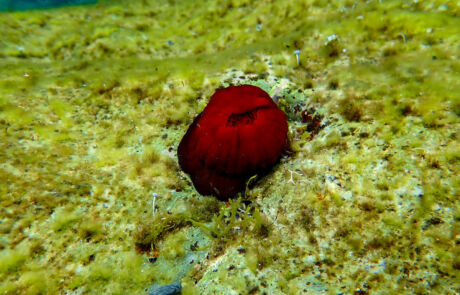
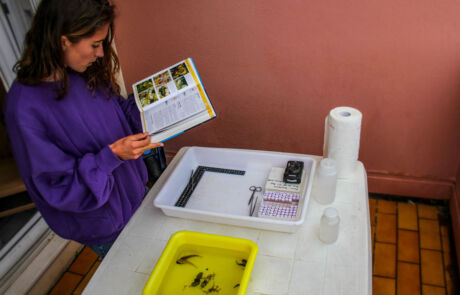
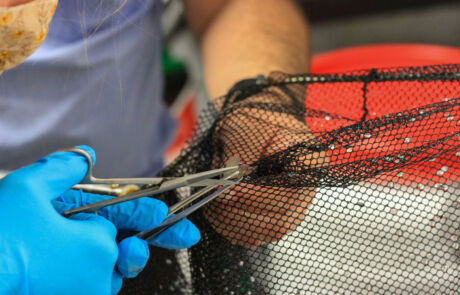
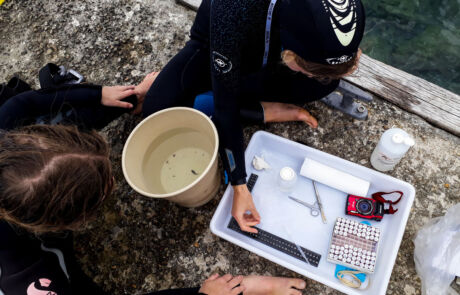
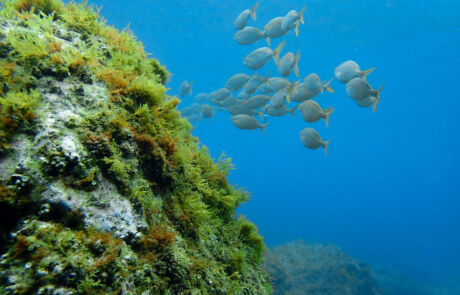
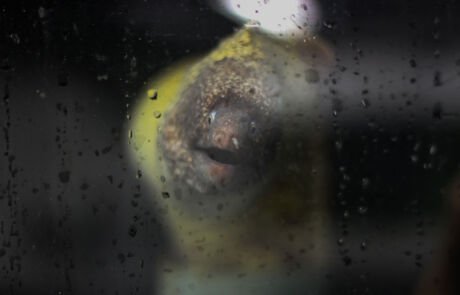
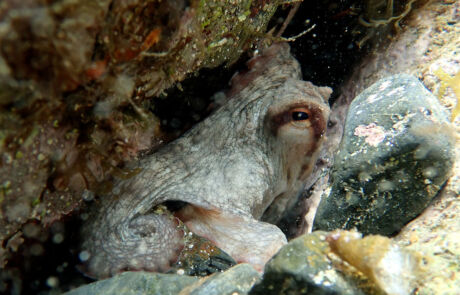
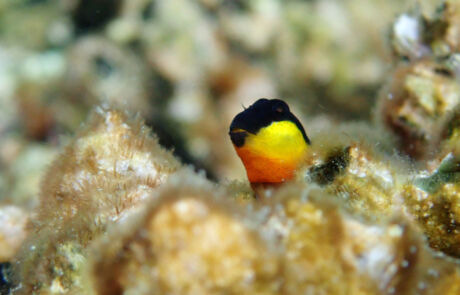
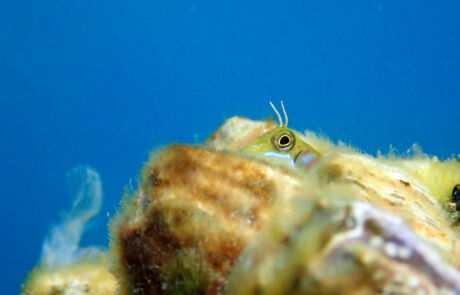
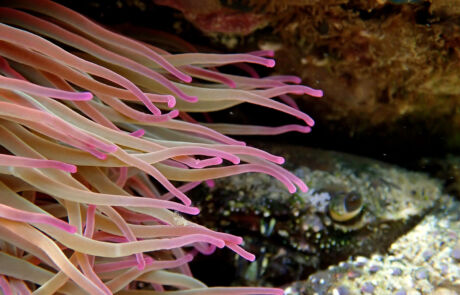
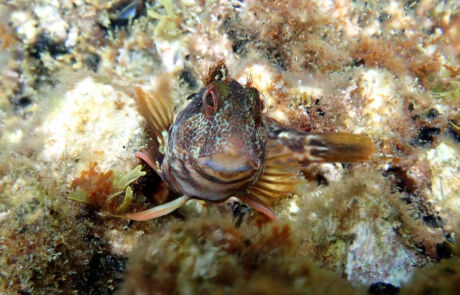
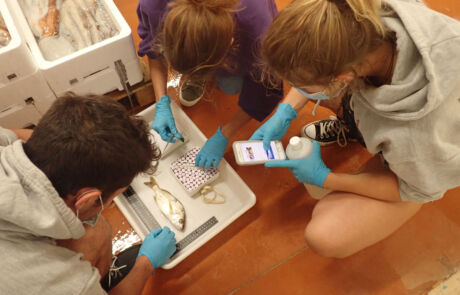
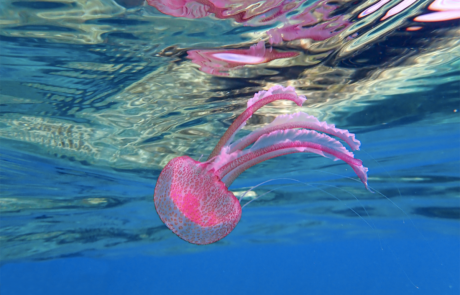
Read also:
UM podcasts are now available on your favorite platforms (Spotify, Deezer, Apple podcasts, Amazon Music...).